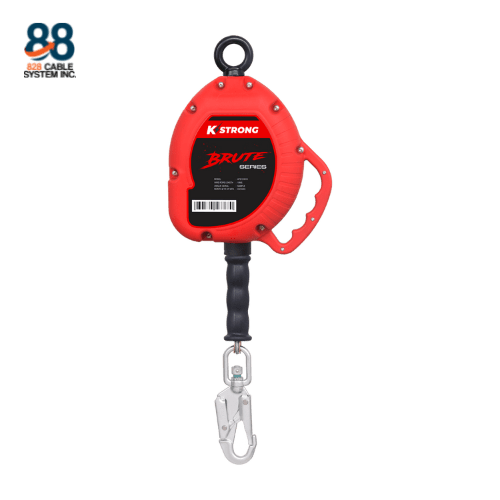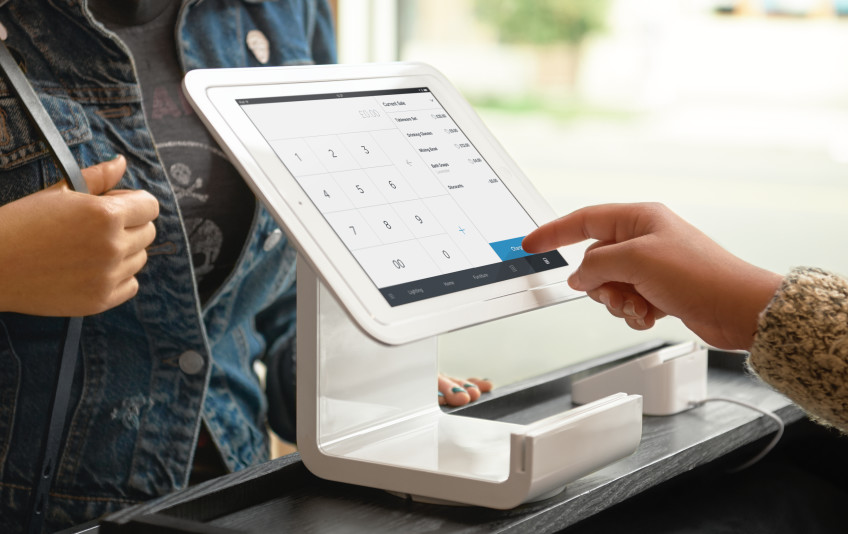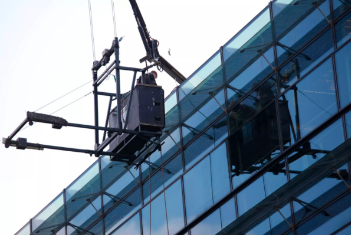
Self-retracting lanyards (SRLs) are essential components of fall protection systems, designed to keep workers safe in vertical environments. They offer both freedom of movement and crucial protection by maintaining a taut line and engaging a braking system in the event of a fall. To ensure these devices function effectively when needed, proper maintenance and care are crucial. In this blog, we’ll provide essential maintenance and care tips for self-retracting lanyards, ensuring their longevity and reliability in safeguarding your workforce.
Understanding Self-Retracting Lanyards
Self-retracting lanyards work by maintaining constant tension and automatically retracting when not in use, much like a car seatbelt. This design allows for unrestricted movement while keeping the lifeline taut and ready to engage the braking system in case of a fall. Regular maintenance is vital to ensure these systems operate correctly, preventing accidents and ensuring the safety of users.
Regular Inspection and Testing
Routine inspections are the cornerstone of effective SRL maintenance. Here’s what you should look for:
Visual Inspection: Check for any visible damage such as fraying, cuts, or deformations in the lanyard or housing.
Operational Testing: Extend and retract the lanyard to ensure smooth operation. Verify that the braking system engages correctly during testing.
By performing these inspections regularly, you can identify potential issues before they become serious problems.
Cleaning and Storage
Proper cleaning and storage of SRLs are crucial for their longevity:
Cleaning: Use a damp cloth to wipe down the lanyard and housing. Avoid using harsh chemicals or immersing the device in water as it can damage the internal components.
Storage: Store SRLs in a cool, dry place, away from extreme temperatures and moisture. Avoid leaving them in direct sunlight or exposed to harsh environmental conditions.
These practices help prevent premature wear and tear and ensure that the SRL remains in optimal condition.
Handling and Usage Guidelines
Correct handling and usage of SRLs can prevent unnecessary damage:
Use Properly: Ensure the SRL is used in accordance with the manufacturer’s instructions. Avoid using it in conditions for which it is not designed.
Follow Guidelines: Always adhere to safety guidelines and best practices to minimize wear on the SRL.
These steps help maximize the lifespan of your SRL and maintain its safety features.
Common Issues and Troubleshooting
Here are common problems you might encounter with SRLs and how to address them:
Retracting Issues: If the lanyard does not retract smoothly, check for obstructions or debris. Ensure the device is properly maintained.
Brake Malfunctions: If the braking system fails to engage, it may require professional servicing or replacement.
For any persistent issues, seek assistance from a qualified technician or consider replacing the SRL if necessary.
Professional Servicing and Certification
Periodic professional servicing is essential for ensuring the SRL meets safety standards:
Servicing: Have your SRL serviced by a qualified professional at regular intervals as recommended by the manufacturer.
Certification: Ensure that the SRL is certified and up-to-date with current safety standards.
Finding a reputable service provider helps maintain the device’s reliability and compliance with safety regulations.
Takeaway
Proper maintenance and care of self-retracting lanyard are vital for ensuring they function correctly and safely. By following the tips outlined above, you can enhance the longevity and reliability of these crucial safety devices, protecting your workforce and complying with safety standards.



